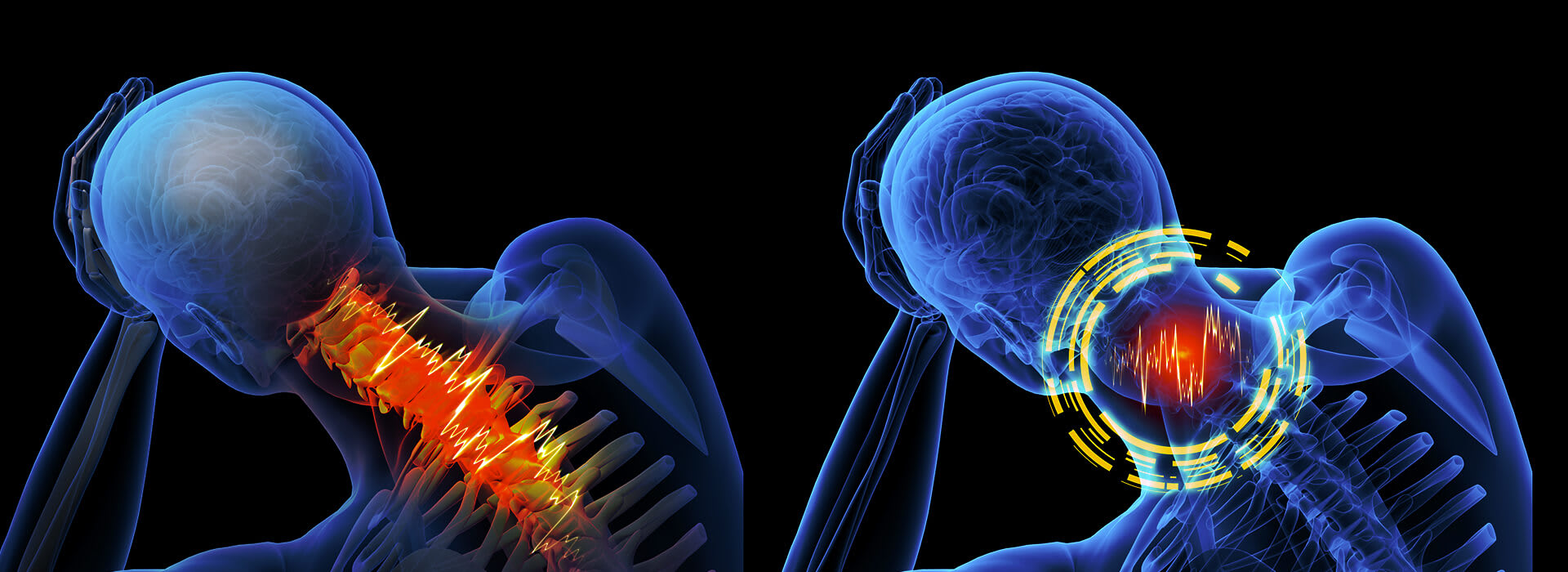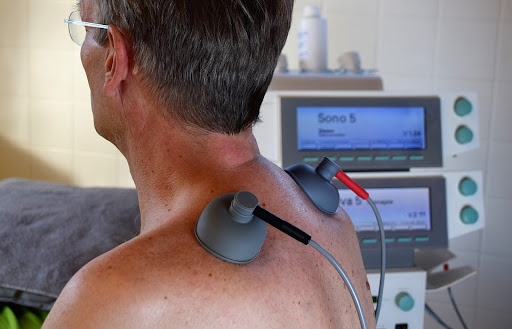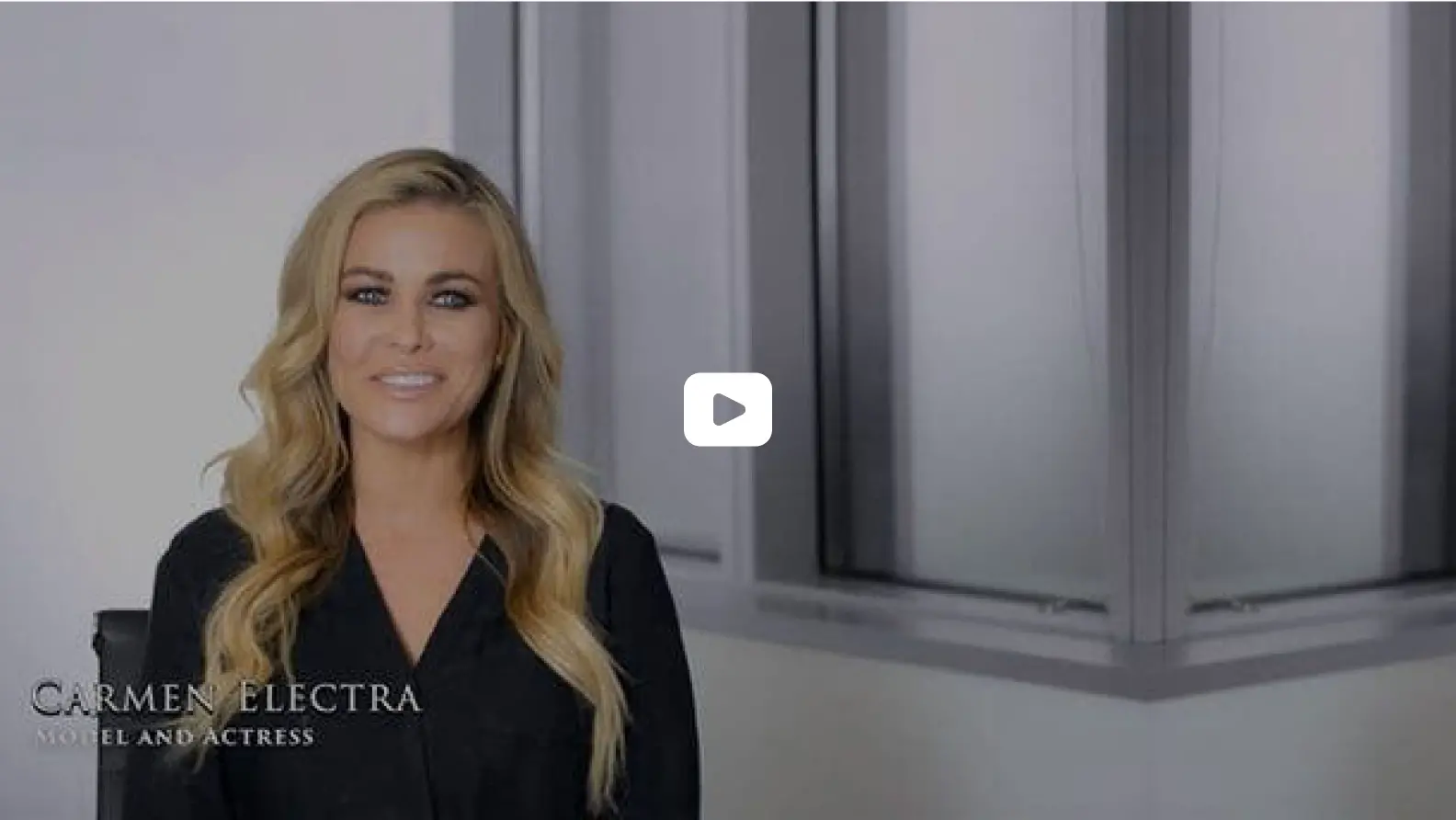
Types of Spinal Cord Injuries and Treatments
4 Areas in the Spinal Cord That Can Become Injured After an Accident
The spinal cord has vertebral segments, which include cervical, thoracic, lumbar, and sacral. Damage done to either of these vertebral segments can result in a different outcome. Below, we will go more into detail about each part of the spinal cord and what to expect when either of them get damaged.
If your spinal cord injury was caused by a negligent party, you may be entitled to receive compensation for damages. At West Coast Trial Lawyers, our qualified spinal cord injury attorneys will help strengthen your claim and negotiate with insurance companies to ensure you are given a fair settlement offer.
To schedule a free consultation, please contact our 24/7 legal team by calling 213-927-3700 or filling out our contact form.
Types of Spinal Cord Injuries
The cervical spinal cord is located on the top portion of the spine. It consists of seven vertebrae in the neck (C1 to C7). Since the cervical spinal cord is close to the brain, any impact or force onto this area can result in a severe injury. This will create an “absent” feeling below the shoulders or neck. If an individual gets a cervical spinal cord injury, then they will be at risk of having permanent or partial loss of sensory function. This injury may also be fatal. Once swelling decreases and the patient undergoes surgery, the recovery process will commence. The recovery process of a cervical spinal cord injury consists of:
- Stabilizing the injured section of the spinal cord.
- Consuming steroids and anti-inflammatory drugs to help with the swelling. A common drug that individuals typically take is methylprednisolone.
- Rehabilitation to help the individual re-learn how to move their body.
- 24/7 care for the rest of their lives. This primarily happens to those who suffered a severe spinal cord injury and have no chance of making a full recovery.
The thoracic spinal cord is located in both the upper and middle sections of the spinal cord. It consists of twelve vertebrae (T1 to T12). Each of these numbers correlates with the nerves found in that section of the spinal cord.
- T1 to T5 nerves. This will impact the muscles, mid-back, abdominal muscles, and upper chest. These nerves maintain the rib cage, diaphragm, lungs, and muscles to help the individual breathe.
- T6 to T12 nerves. This will affect the back and abdominal muscles. The nerves in this section help the individual with their balance and posture.
If an individual suffers from a thoracic spinal cord injury, they can possibly get diagnosed with paraplegia. However, their arms and hand movement will not be affected. Another problem that could arise is having a lack of control over bowel or bladder movements. For the individual to recover from this injury, they must get it checked out by a medical expert. They will prescribe instructions that need to be followed to make the recovery process easier. Once the individual has already met with the doctor, they may begin their self-care treatment at home. This only applies for those who did not suffer extreme damage to their thoracic spinal cord. During recovery, the individual must:
- Move slowly and be cautious of their surroundings.
- Avoid lifting heavy objects.
- Apply ice or heat to the injured area. The medical expert may recommend ice to decrease the pain and swelling. Heat will help decrease muscle spasms. The method of doing this treatment varies based on what the doctor thinks would be best.
- Use a back brace to keep the injured area stabilized.
- Continue attending physical therapy sessions to regain strength.
The lumbar spinal cord is located in the second lowest section of the spinal cord. It consists of five vertebrae (L1 to L5) under the thoracic portion. This spinal cord is capable of carrying the most weight out of all the other sections, thus having the largest vertebrae. If an individual suffers an injury in the lumbar spinal cord, they will experience some loss of function around the hips and legs.
Furthermore, the individual could have a lack of control over their bowel or bladder movements. There is no impact done to the upper body. The recovery process for a lumbar spinal cord injury depends on which nerves were affected and the level of severity of the injury. Even though all spinal cord injuries are considered severe, the lumbar spinal cord rarely has situations where the damage is fatal. Individuals who are seeking help for their recovery process generally go to a rehabilitation center to regain their mobility with the help of therapists and mobility-assisting equipment or technology.
The sacral spinal cord is located in the lowest section of the spinal cord. It is below the lumbar section and above the tailbone. It consists of five bones that are combined together to form triangle-shaped nerves (S1 to S5). Each nerve affects a different area of the body.
- S1 nerves. Impacts the hip and groin area.
- S2 nerves. Impacts the back area of the thighs.
- S3 nerves. Impacts the buttock area.
- S4 and S5 nerves. Impacts the perineal area.
It is rare for an individual to have a sacral spinal cord injury. It usually happens during a serious fall or trauma that directly affects the sacral. If the sacral does get damaged, then the individual may experience a loss of function in the hips and legs. They might not be able to have control of their bowel or bladder functions.
However, the individual may still have the ability to walk. The recovery process for a sacral spinal injury cord varies depending on how severe the damage is. Regardless of the outcome, it is still important to see a doctor. They will create a treatment plan that will help during the recovery process.
Caring for Yourself After a Spinal Cord Injury
- Leave a cold pack on the area for 10 to 20 minutes. Do this every 1 to 2 hours for 3 days. Make sure that you put the ice or cold pack in a washcloth before placing it on your skin.
- Do not sit on a hard surface. Try to place the injured area on a soft surface to prevent pressure from arising on the tailbone area.
- Eat a lot of fruits, vegetables, whole grains, and beans in your diet to have high fiber. You should also drink a lot of water.
Contact Us
If you are a victim of spinal cord injury due to another individual’s negligence, West Coast Trial Lawyers has certified California spinal cord injury attorneys with over 60 years of collective legal experience in handling personal injury cases. We will help you recover economic and non-economic damages. This includes medical expenses, emotional distress, lost wages, pain and suffering, and more.
No fees will be charged until your case has been settled. We offer a free, no-obligation consultation with the attorneys at our firm. Reach out to our 24/7 legal team by calling 213-927-3700 or filling out our contact form.



